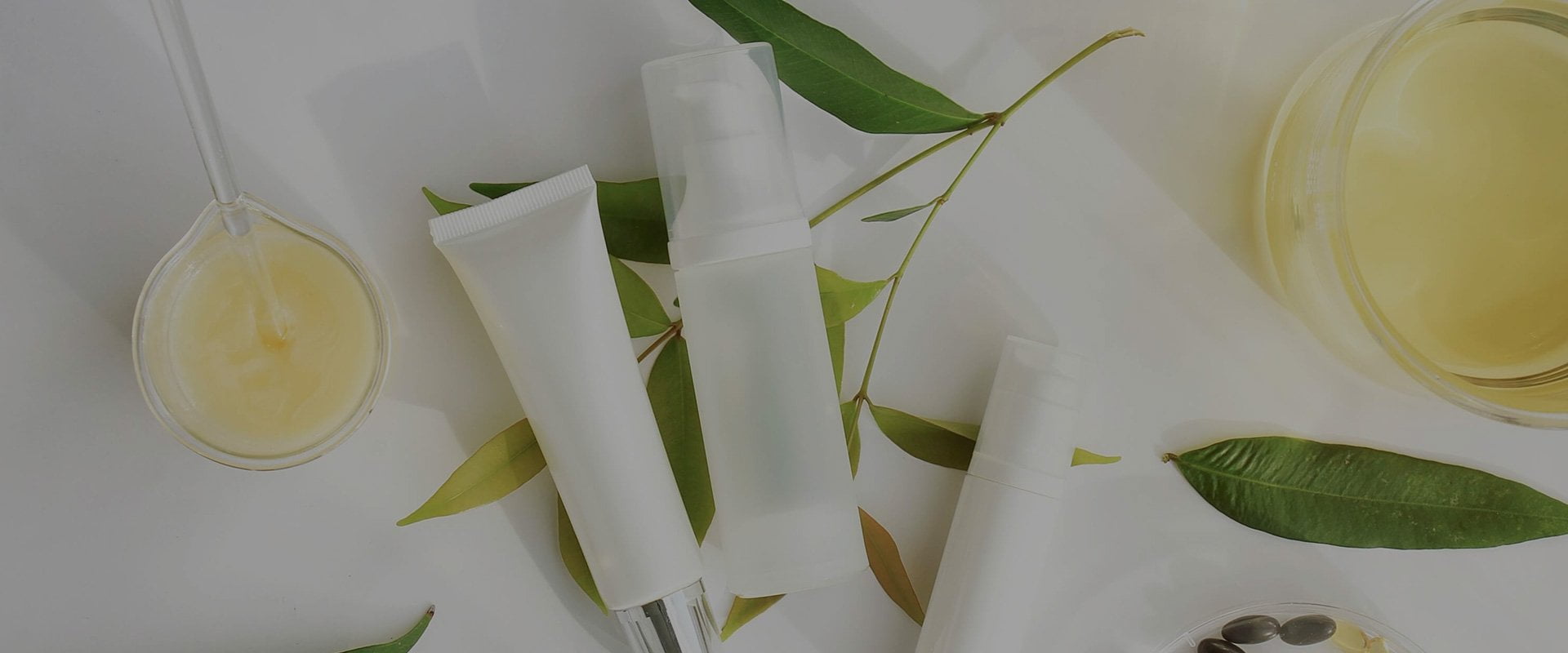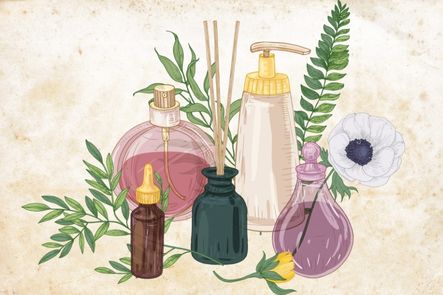
Blog
The History Of Fragrance

The History of Fragrances and Their Uses Years Ago & Their Place in Rituals
Even though we are not aware of it, we live in an olfactory civilization… We need to protect our culture by knowing and applying all these. I would like to tell you about the history of fragrance in this article. The fragrance is known as “fumum” in Latin. The word fumum means “smoke” in everyday usage. The word perfume is derived from the Latin word per fumum, which means completely volatile.
In most sources, it is said that the production and use of fragrances began in Ancient Egypt. It is known that the priests of this period regularly rubbed the statues of the gods with fragrant ointments, scented them with incense, and offered resin to the gods in the morning, myrrh at noon and Kyphi in the evening.
We know that the Egyptians softened their skin and hair with perfumes, oils and ointments around 3000 BC. Since soap had not yet entered their lives, they used more scented ointments and oils for cleaning.
The ingredients of the perfumes you used included flowers such as lotus, lily, orange blossom, iris, Chinese hyacinth, myrrh, amber, musk, whitewash, cedarwood, cardamom, aselbent, castor grass and cassia.
In monotheistic and polytheistic religions, they left fragrant plants and sprinkled water on the fire they lit. (i.e. making incense/incense) In the same way, they burned the resin of the log tree mixed with powdered flowers and fragrant oils. It was an essential part of their religious rituals and rites.
Among the magical papyri of ancient Egypt, seven incense are mentioned, attributed to the seven planets with powerful repellent properties.
Saturn: Sweetgum
Jupiter: Malabathron
Venus: Shepherd
Mara: Kostos
Mercury: Cinnamon
Sun: Sweetgum
Moon: Myrrh
These incenses were created by mixing the seven flowers of the seven planets (rose, lotus, narcissus, white lily, erephyllinon, wallflower, marjoram).
In civilizations such as China, India, Iran, Egypt, Mesopotamia, Anatolia, Greek, Roman, Aztec and Inca, burning incense was also accepted as a means of spiritual cleansing and approaching the gods; We know that these rituals are believed to ward off evil spirits while gathering angels and good spirits.
According to the information given by Theophrastus, one of the first botanists; Greek perfumes included perfumes that were specially designed using different ingredients, just like Egyptian perfumes. Perfumes; It was produced by mixing different materials such as flowers, leaves, shoots, roots, bark, fruit and gums.
From the prescriptions reaching today;
Kypros; bergamot, mint, thyme,
Egyption; cinnamon and myrrh among many components,
Megalein; contained resin, balancing oil, cassia, cinnamon and myrrh.
In antiquity, the south of the Arabian Peninsula was known as the ‘homeland of fragrant substances’. The use of fragrances, both in religious ceremonies and in daily life, has become widespread with the increase in the number of shops where fragrances produced mostly by women are sold.
When we look at ancient Egyptian, Mesopotamian, Hebrew and Indian sources, we learn that oud, sandalwood, spruce, log, sugar cane, cinnamon, cassia, resin, balsam and dried lemon peel were used as the main incense materials.
These scents become symbols of wealth and power in the historical process. The places and production techniques of these raw materials were kept secret for a while. This sense of curiosity and possession has led human beings to long explorations and journeys. But the commercial & cultural relations between their civilizations have allowed the fragrances to spread over time.
Fragrances, which create a special mood and environment, have a great effect on people with these features. Just as the aroma of food affects our appetite, smells trigger our emotions;
Some scents energize while others help us calm down. Smell, which is the oldest and most mysterious sense of human beings, has always been in our lives since history.





